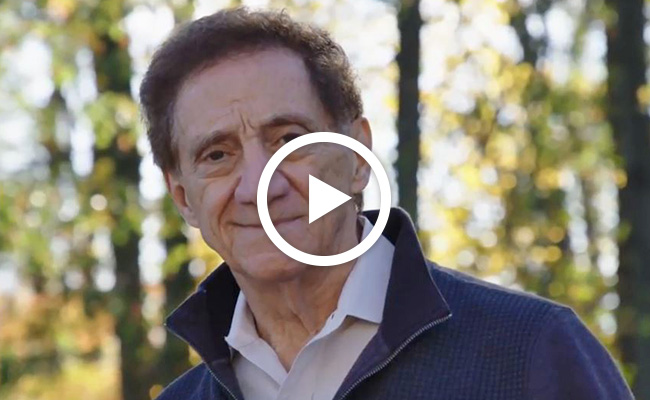
A transcatheter aortic valve replacement (TAVR) — also known as transcatheter aortic valve implantation (TAVI) — is a minimally invasive procedure that enables us to replace a damaged valve without removing it.
Our Team
At the Englewood Health Physician Network, you will benefit from a team of board-certified interventional cardiologists and cardiothoracic surgeons with special expertise in TAVR.
Since it was approved by the FDA in 2011, Englewood Health’s TAVR physicians have performed over 500 TAVR procedures with outcomes above the national average.
Our team members include:
- Adam G. Arnofsky, MD
- Richard S. Goldweit, MD
- Joseph De Gregorio, MD
- Ramin S. Hastings, MD
- Molly Schultheis, MD
- Aron Schwarcz, MD
- Hartaj Virk, MD
Who is a Candidate for TAVR?
Until recently, TAVR has been an option for treating severe aortic stenosis in patients who are at moderate-to-high a risk for surgical aortic valve replacement. However, now the FDA has approved TAVR for patients at low risk for surgical aortic valve replacement. Our TAVR team is now able to bring this innovative technology to a much broader group of patients with aortic stenosis.
TAVR differs from traditional valve replacement surgery because it can be done through small incisions — typically just a needle stick in the groin — and does not require a surgical opening of the chest. This key difference produces less pain, faster recovery times and shorter hospital stays compared to traditional surgery.
How is TAVR Done?
TAVR is performed with sedation or general anesthesia. During the procedure,
- A catheter is inserted into the groin, or through another access point if necessary.
- The new valve is introduced into the catheter. X-ray and ultrasound are used to guide the catheter to the site of the damaged aortic valve.
- Once the catheter has reached the damaged valve, a balloon is used to expand the new valve. It pushes the leaflets of the damaged valve aside, and is secured into place.
- The balloon is deflated and removed, and the new valve takes over for your old, damaged valve.
Contact Our TAVR Team
If you or a loved one has aortic stenosis and are interested in our TAVR program, call our dedicated heart valve disease team at 888-271-6282 or email heart.valve@ehmchealth.org.
Patient Stories
A marine, renowned detective, and motivational speaker twice nominated for a Nobel Peace Prize, David Toma has spent his life helping others. Diagnosed with aortic stenosis, Toma turned to Drs. Bart and Joseph De Gregorio to receive the kind of support he was used to providing. He chose Englewood Hospital for a TAVR procedure and personalized care.
Watch the video to learn more about David Toma’s story.
